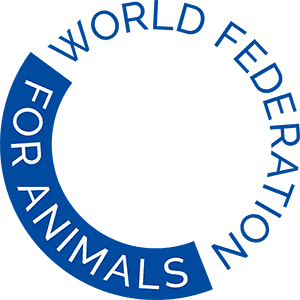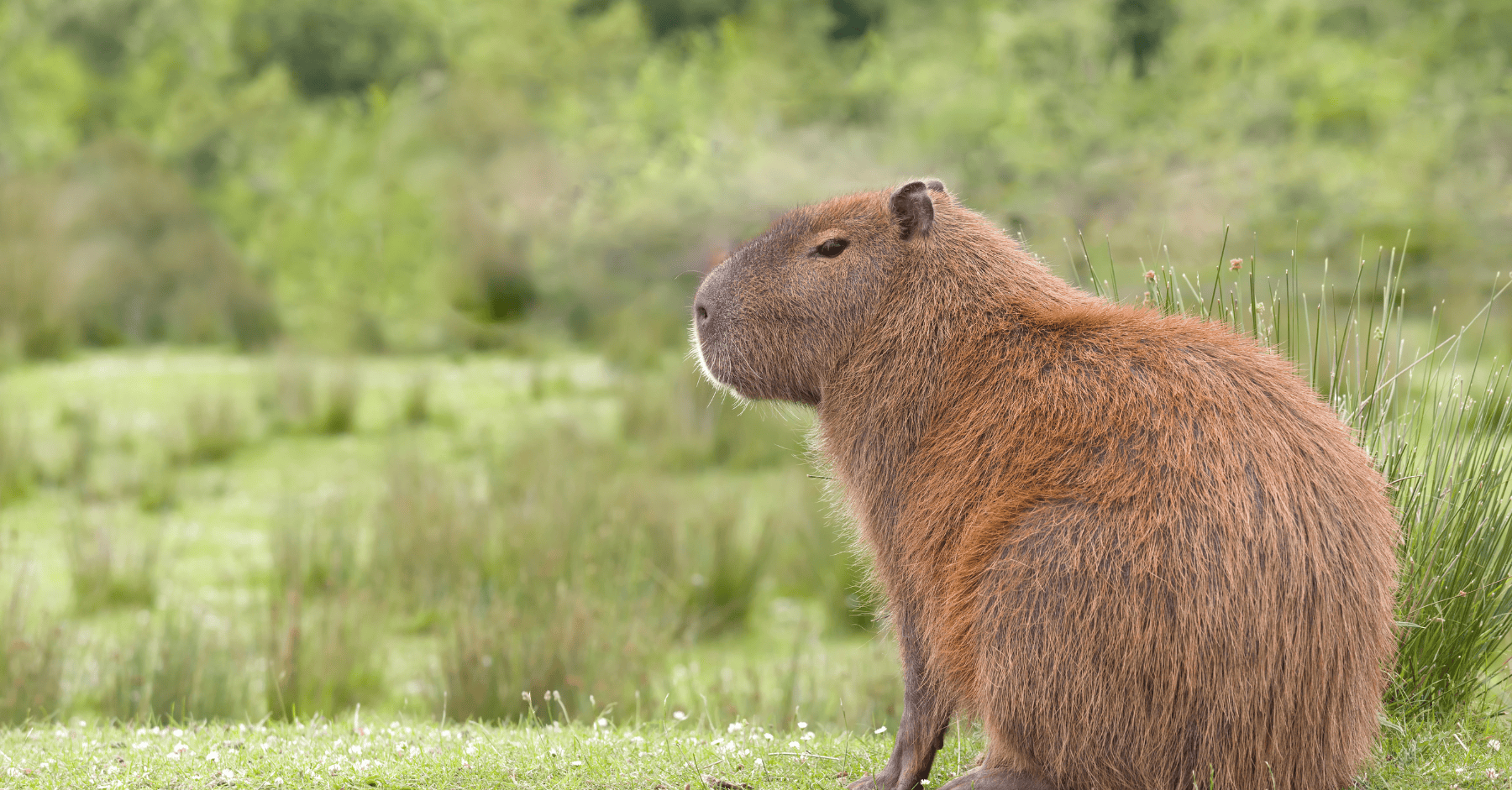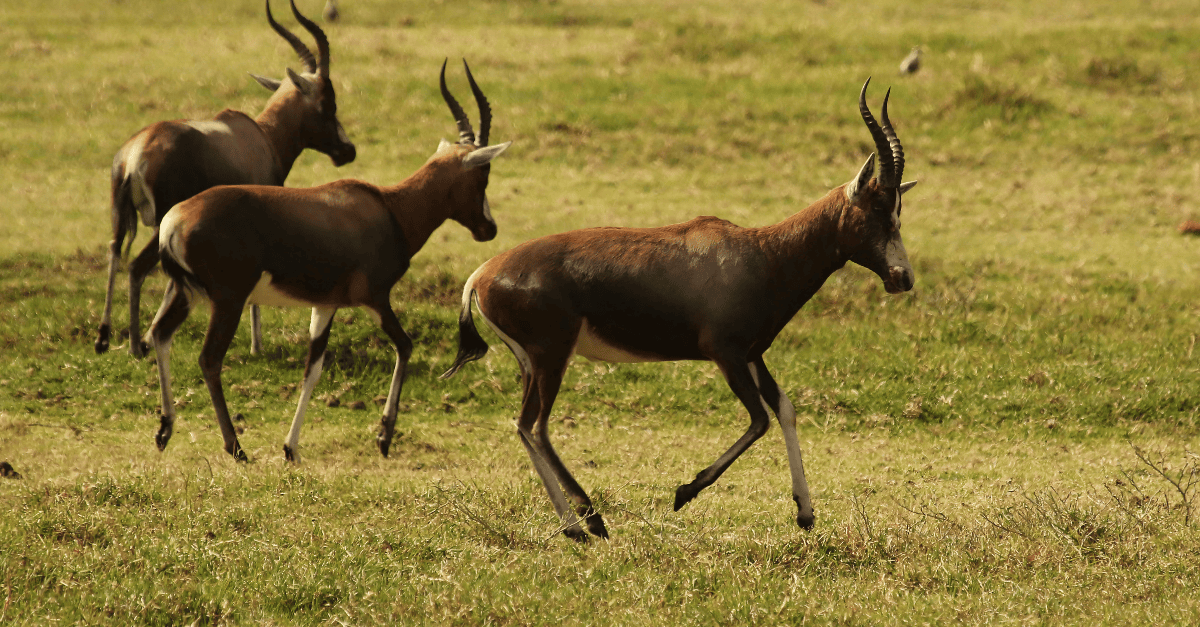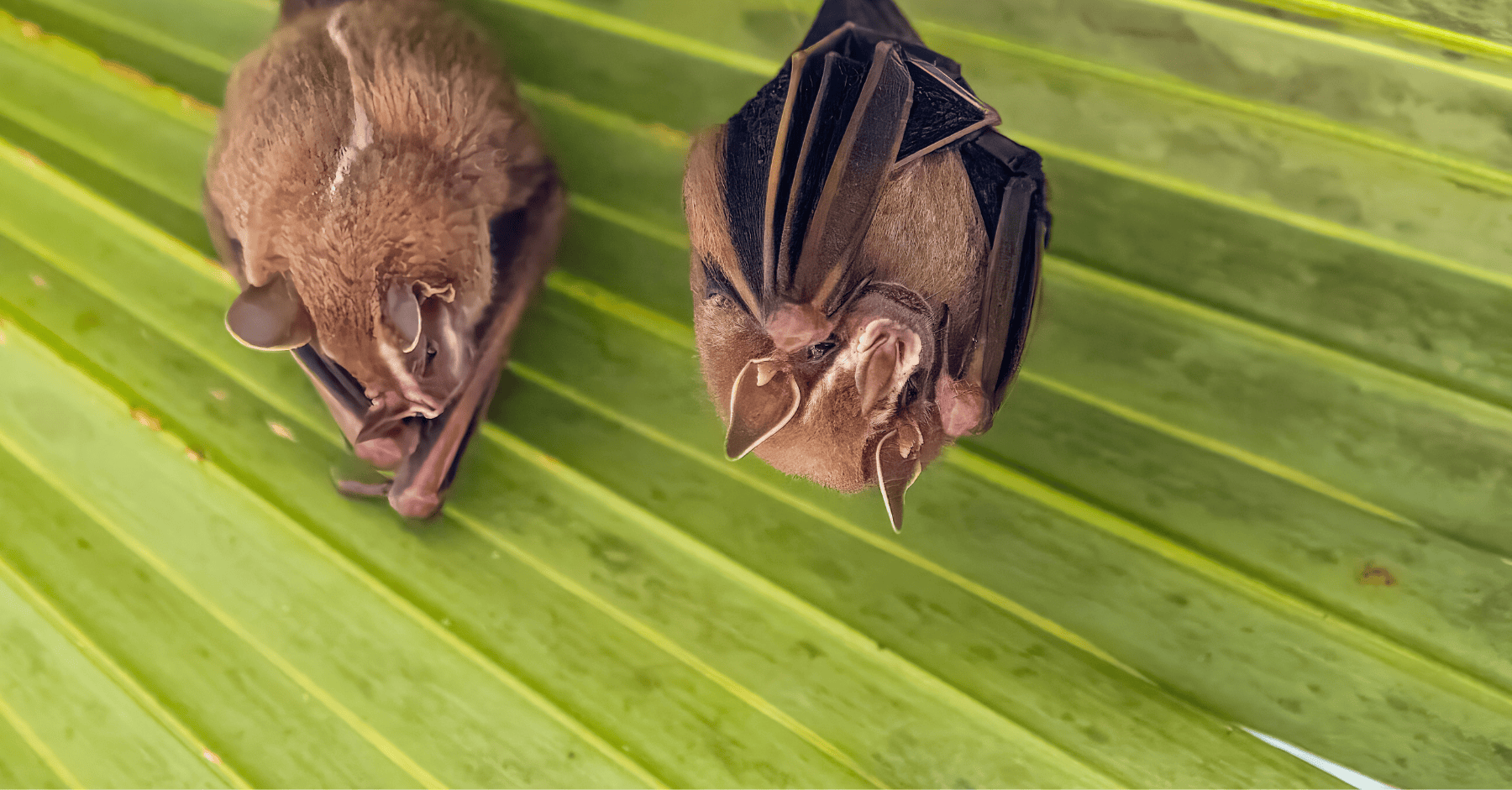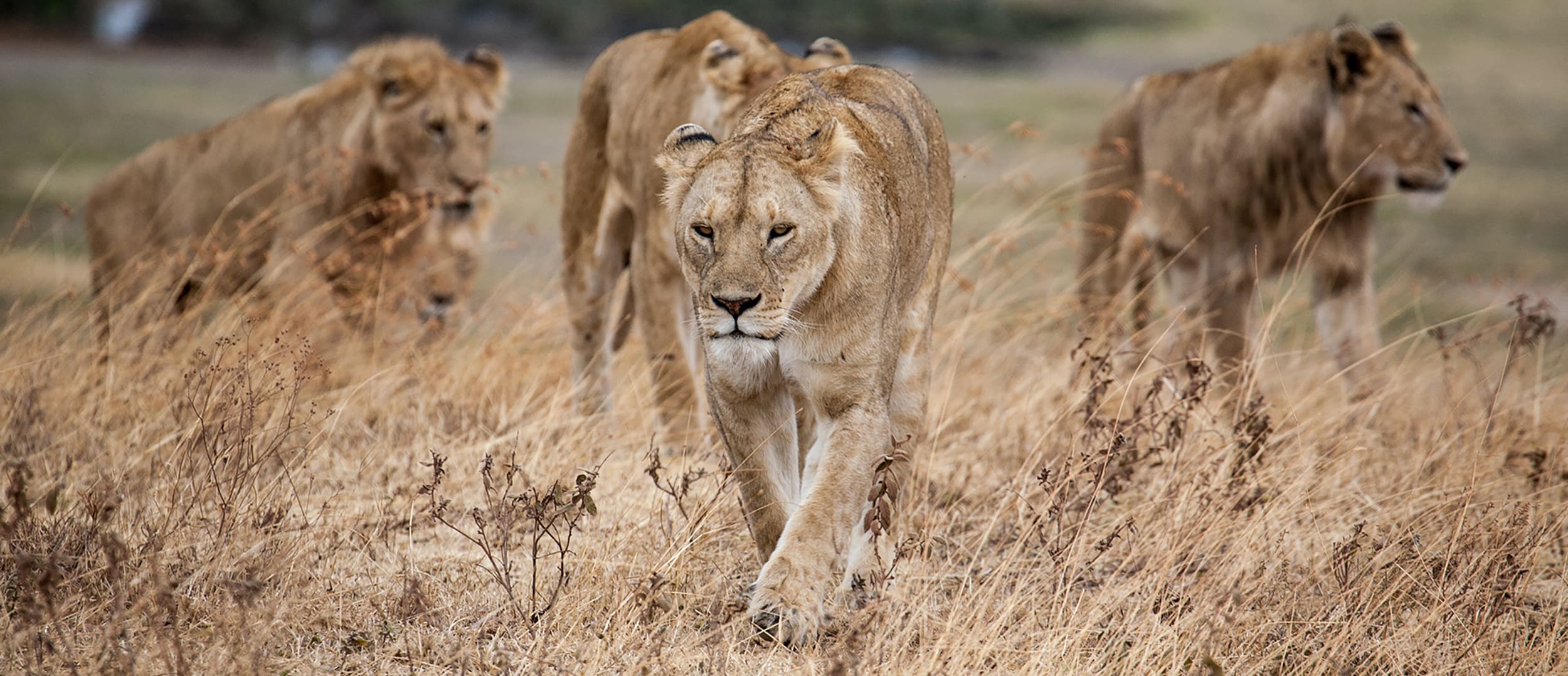In the substantial commotion around food at the recent UN Framework Convention on Climate Change COP28 in Dubai, including the launch of the global roadmap to SDG 2, it would be easy to miss a report focused on mitigating the livestock sector’s carbon footprint.
Assessing FAO’s findings on the livestock sector’s impact
This report, Pathways towards lower emissions – A global assessment of the greenhouse gas emissions and mitigation options from livestock agrifood systems, was published by the Food and Agriculture Organization of the United Nations (FAO) and anticipates a scenario where global consumption of terrestrial animal source foods increases by 20% by 2050, and provides a menu and analysis of possible mitigation options under this scenario. The report examines, among others, changes in consumption patterns, reductions in food loss and waste, improvements to animal health and welfare, and productivity increases. It concludes that applying a combination of mitigation options holds potential to lessen the sector’s climate footprint substantially.
The report is based on the Global Livestock Environmental Assessment Model (GLEAM) figures. GLEAM uses a geospatial framework to “analyze activity data from different livestock production systems around the world in order to calculate carbon footprints at various scales and for different sources.” It is based on a life cycle assessment approach that considers the impact of both upstream and downstream activities (such as feed and inputs, and transport and packaging).
The report is concerning on several fronts. Substantively, a key concern for animal protection organisations will be the report’s identification of productivity and efficiency increases as the mitigation option providing the greatest reductions in livestock’s carbon footprint. In addition, the report minimises the potential positive carbon footprint impacts of dietary changes by assuming that national dietary recommendations (NDRs) have used an evidence-based process to optimise the tradeoffs between nutrition, health and environmental concerns and then using this as a baseline to measure the impact of recalibration of animal source food consumption patterns. However, in reality, NDRs in many countries result from a political process in which vested interests may have undue influence.
Another concern centres around the objectivity of the report. For instance, in the summary of dietary change as a mitigation option, there is a statement that casts doubt on the greenhouse gas (GHG) emissions reduction potential of substitutions of animal source foods. However, the paper this statement is attributed to concluded unequivocally that “transitioning towards a more plant-based diet is essential for maintaining planetary boundaries. Furthermore, vegetarian diets appear to simultaneously offer population and planetary health benefits.” A Box meant to explore whether alternative animal products help reduce emissions instead meanders across issues such as the food safety of such products, their nutritional equivalency, and “animal’s roles in providing financial security, status and social value beyond its food value.” A paragraph commending the global dairy sector for increasing its productivity and reducing its emission intensity while expanding the global dairy herd by only 11% is attributed to a report jointly produced by the FAO and the Global Dairy Platform in 2019.
However, there are two aspects of the report animal advocates will want to take note of:
- The report identifies animal health and welfare improvements as a key mitigation option. It also highlights pastoral and silvopastoral systems as key circular bioeconomy systems with mitigation potential.
- The report repeatedly states that productivity and efficiency gains cannot come at the expense of animal welfare or other sustainability considerations and that such tradeoffs must be considered. For instance, it states that animal welfare should be considered when designing mitigation strategies to ensure that improvements do not come at the expense of animal welfare. It adds that improved efficiency should not compromise other aspects, such as animal health and welfare, biodiversity, soil fertility, and other environmental impact categories.
Implications for Animal Advocacy
Going forward, animal advocates can use the report in several ways.
Firstly, animal welfare and health improvements have not been prominent arguments in food-related advocacy around GHG emission reductions. Advocates can use this report as a jumping-off point to expand the conversation around this. In addition, the report’s attention to considering tradeoffs for animal welfare in pursuing efficiency and productivity gains can provide leverage for advocates, particularly in safeguarding against the transition from high GHG emitting ruminants to lower-emitting monogastric species like pigs and chickens, which tend to be intensively produced.
Secondly, the report provides a “bucket list” of issues and ideas driving debates on livestock and GHG and a list of key policy frameworks that FAO has prioritised. As the summaries for many of the mitigation options are thinly referenced, there is scope for advocates to use this list of mitigation options to build effective, evidence-based narratives. Further, the policy frameworks to which FAO lends its support may provide further entry points for animal advocates to engage in shifting the trajectory of current debates on farm animals and climate change.
Photo description & credit: Thousands of cattle occupy barren dirt enclosures at a sprawling feedlot. This facility holds up to 115,000 cattle. The visible cattle appear to be primarily dairy breeds. McElhaney Feedyard, Wellton, Arizona, USA, 2023. Ram Daya / We Animals Media
